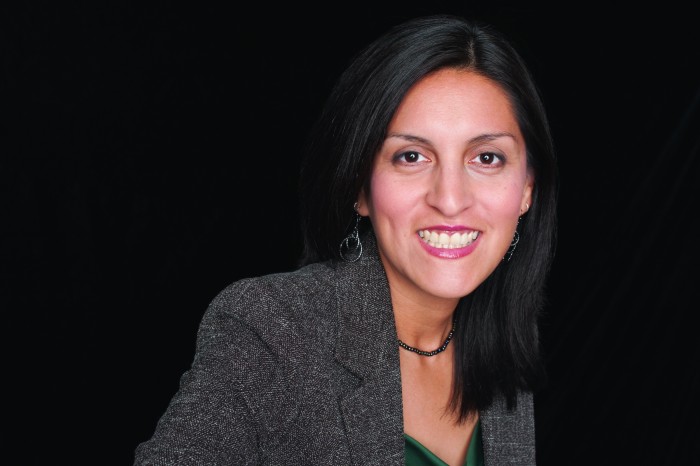Esther J. Cepeda: The Complexities Of Race And Ethnicity
By Esther J. Cepeda
FocusON
Our society gives a lot of lip service to the importance of diversity in fields like science, medicine and technology because multicultural people bring unique viewpoints, varied life experiences and new ideas.
Rarely do we come upon an ideal example of how this plays out in real life.
Karen M. Tabb Dina, an assistant professor at the University of Illinois at Urbana-Champaign, recently published a paper in the journal Ethnicity and Health that found that adults who identified as one race when they were young but now identify as multiracial report being healthier compared with those who continue to identify as monoracial.
The idea for this study came 10 years ago when Tabb Dina was a health policy researcher in low-income communities studying how race and ethnicity impact long-term health. She noticed that the way some of her patients identified racially didn’t always match the way their medical records categorized them.
Identity is a complex and often thorny issue. There are many reasons — including education level, geographic location and gender — why someone with a multiracial background would choose to identify as a single race or multiracial, and why that could change over time.
Research has shown that multiracial people are likelier than those who are monoracial to change categories over time. For instance, a child of a white and an Asian parent would be likelier to change their self-identification from white-only or Asian-only, to mixed-race, than the child of two Asian parents.
These identity changes are often not captured in population health research.
Tabb Dina combined this knowledge with the well-documented issue of health disparities for minorities and the boom in multiracial children, and she came up with an interesting theory.
“I went in with this hypothesis that people who maintained the same racial identity over time would probably have better health outcomes,” said Tabb Dina, who studied a nationally representative sample of American youth. “I thought the consistency of categorization would say something about other consistencies in the subjects’ lives and that their health would probably be better. But, no, it turns out that people who go from ‘one’ to ‘many’ are healthier.”
These findings open our eyes to more questions and issues that merit interest.
“Of course, everyone wants to know ‘why,’ and I do too, but I want to do more qualitative, interview-based research,” said Tabb Dina, daughter of a white mother and black father. “I want to know about skin color, phenotype, about … what it is about being mixed-race that makes the difference.”
Being mixed-race can indeed make all the difference. As Tabb Dina provided health care to low-income multiracial individuals who identified as only one race, she learned things leading to this research that others might not have.
“I was working on studying hypertension and diabetes and I would talk with individuals engaging in poor behavior and they might, for instance, be mixed-race black and white and they’d say to me, ‘I eat soul food every day because I’m black’ or ‘I smoke Kools because I’m black,’ “ Tabb Dina said. “I identify as black and because of that, when working with certain people, they shared things with me that I’m not sure they shared with other researchers.”
This research also brings up concerns about how to capture and classify race and ethnicity — the de facto proxy for many unmeasured factors in health research.
“This is America now,” said Tabb Dina, “and we’re in a bind because right now we’re compartmentalizing five race categories and two ethnicities, and we need to broaden that. We can’t keep lumping people with significantly different experiences into a small set of single groups.”
We won’t.
Public pressure for the U.S. Census Bureau to change the way it collects race and ethnicity data is already building. Research like this will nudge the process along.
Esther Cepeda is a columnist for The Washington Post


